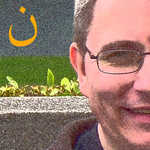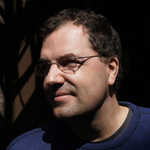If you commission a huge piece of public art to stand outside your new airport you need to think how it might read if the airport doesn’t take off.
Castellon-Costa Azahar is the brainchild of the former Castellon and PP leader Carlos Fabra, who will find out this week whether he has to serve a four year sentence for bribery, influence-trafficking and financial crimes. His €150m vanity project ‘opened’ in 2011 before any airline had agreed to use the runway now ruled too narrow for commercial airliners.
Some say the statue represents Fabra. Had the airport been successful the four faced figure might have conveyed foresight, imagination, world peace, jet travel, and become as iconic as Miro’s mural at Barcelona’s Terminal 2.
But with a fully equipped obsolete airport behind him he looks clueless, cack-handed, unable to hold on to a bird and oblivious to the 1950s toy silver dart stuck on his head.
Fabra’s created a brand new urbex, fresh out of the box, though unlike most urbex wanderings, rather than reimagining the past you are conjuring up the what might have been. High on the empty plain above the Castellon coast, the usual airport infrastructure of terminal, taxiways, windsock, radar, control tower, power plant and prison block, stretches the silence. As I took these pictures I began to hear the thrust and deceleration of jet engines approaching on the glide slope. Phantom planes for a phantom airport.
Next to the tall runway light gantries beneath the threshold, 350m above sea level, 7km from the coast, an orange life ring hangs from a tree. I am not sure if this is an accident of fly-tipping or someone’s deliberate public artwork for Castellon-Costa Azahar, more apposite and cheaper than Fabra’s €300,000 Plane Man.






